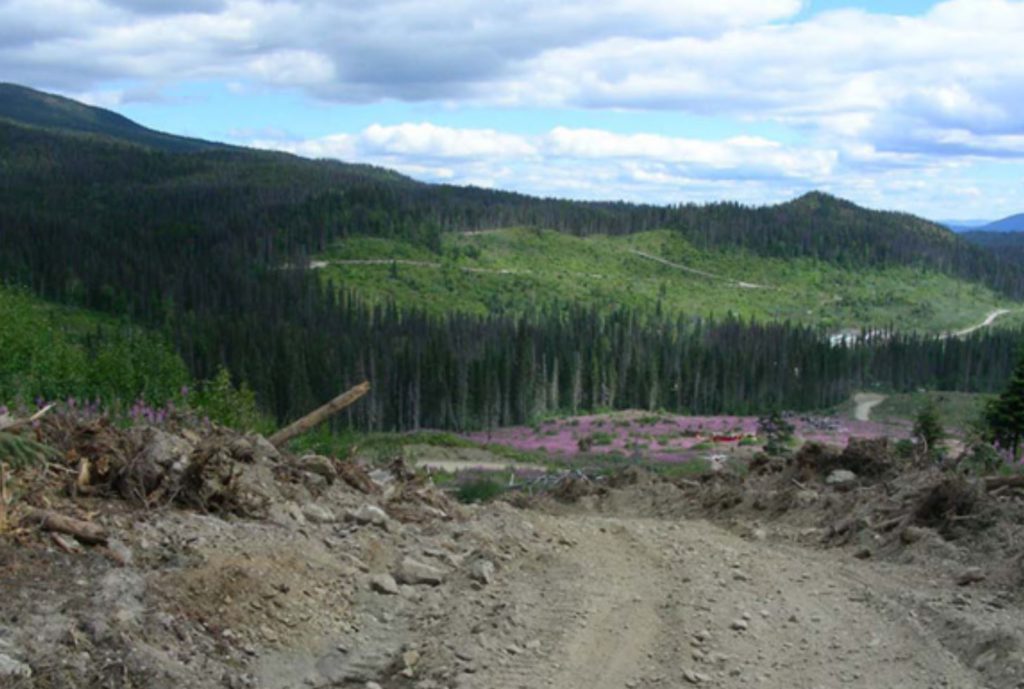Metallurgical tests confirm 60% nickel concentrate from FPX’s Baptiste project


FPX Nickel (TSXV: FPX; OTC: FPOCF) has received additional results from an ongoing three-phase metallurgical test program to support the continued development of the company's Baptiste nickel project in central British Columbia. These include key results from Phase 2 and initial results from Phase 3, building on results from the Phase 1 metallurgical testing in December 2021.
The overall metallurgical test program, now 70% complete, is aimed at validating and optimizing the flowsheet parameters outlined in the Baptiste project's 2020 preliminary economic assessment (PEA), and to support the development of the next phase of study.
Extensive mineralogy work during Phase 2 testing confirmed the benefit in using Davis tube recoverable (DTR) assay method as both a resource basis and geometallurgical tool, thereby increasing confidence in the life-of-mine nickel grade profile and recovery projections for the Baptiste deposit.
Meanwhile, bench-scale flotation testwork, also part of Phase 2, significantly improved the company's understanding of awaruite flotation, including the ability to consistently produce very high-grade flotation concentrates of greater than 60% nickel. It also indicated the potential for an alternative flotation regime that can produce excellent metallurgical performance while reducing flotation operating costs and complexity.
Bench-scale and pilot-scale testing both confirmed the overall metallurgical performance aligned with the 85% DTR nickel recovery assumed in the 2020 PEA, driven by bench-scale flotation stage nickel recoveries of up to 91% in batch testing and 87% in locked cycle testing. Phase 3 testing, which includes a larger-scale pilot processing, also confirmed the previous pilot-scale (Phase 1) grinding results in preferential grinding of dense awaruite particles, leading to primary magnetic separation recovery improvements of approximately 5%.
"The strong results of our ongoing three-phase metallurgical testwork program continue to demonstrate the technical viability of the Baptiste nickel project," commented Andrew Osterloh, VP projects. "Our team continues to build a robust database that not only validates key PEA criteria, but also demonstrates that Baptiste's DTR-based resource provides heightened confidence in the project's life-of-mine grade and recovery projections.
"Testwork is demonstrating that the advantages of Baptiste's minerology are not only centred on the production of very high-grade concentrates, but also on the potential to use a simple flowsheet with conventional unit operations, underpinned with improved production confidence."
The Baptiste deposit is part of FPX's 100%-owned Decar nickel district, which covers 245 km2 in the Mount Sidney Williams ultramafic-ophiolite complex, located 90 km northwest of Fort St. James, B.C. To date, awaruite mineralization has been identified in four target areas within the complex, with Baptiste being the most accessible and having the biggest known surface footprint. Based on its most recent resource estimate (2020), the Baptiste deposit alone has nearly 2 billion tonnes of indicated material, grading 0.12% nickel, for 2.43 million tonnes of contained metal.
Based on this resource estimate, the 2020 PEA outlined a greenfield open pit mine at Baptiste with an after-tax net present value (8% discount) of US$1.72 billion and internal rate of return of 18.3%.
Learn more about the Baptiste project within the Decar nickel district at www.FPXNickel.com.
Comments